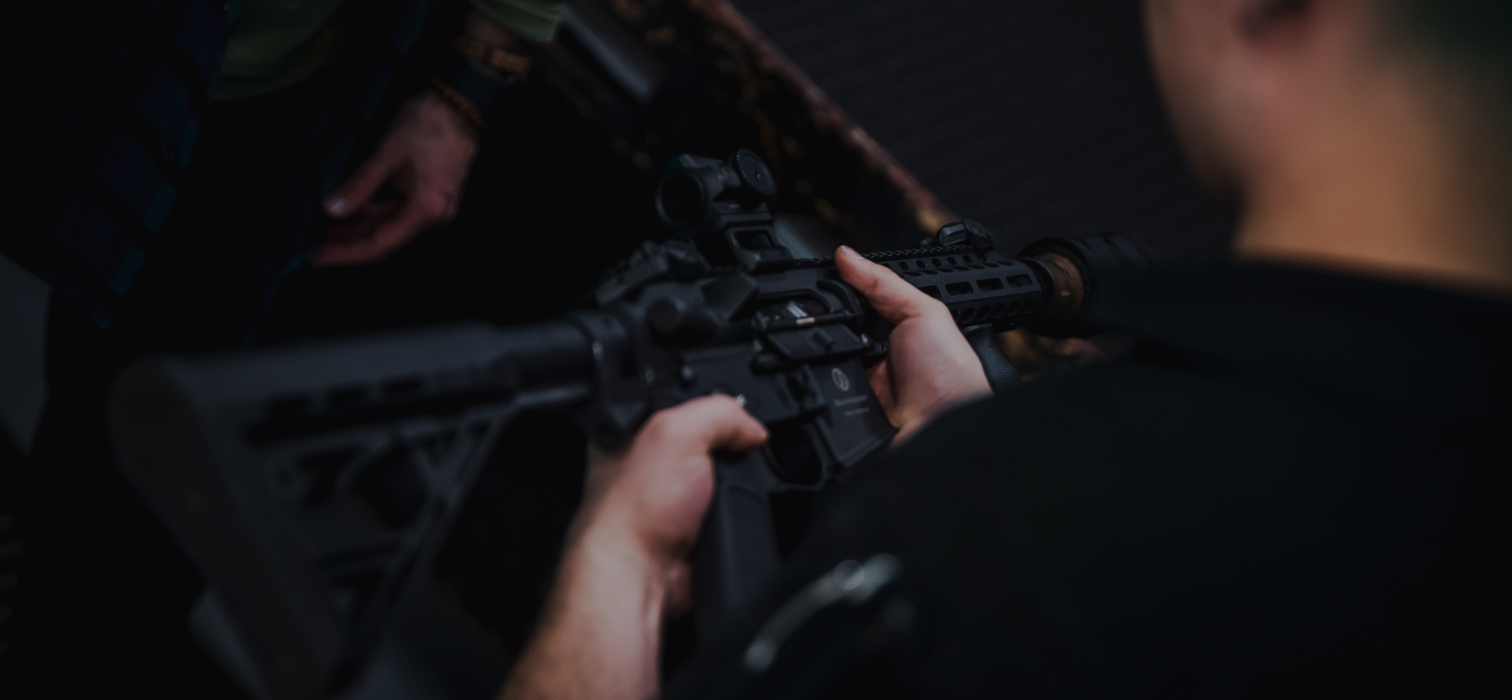
MP40 (M56) 

Submachine guns
Kč
Per hour for firearms license holders
400 Kč
For rental with an instructor + 10 shots
For rental with an instructor + 10 shots
Per hour for firearms license holders
| Calibre | 9 mm Luger |
|---|---|
| Barrel length | 251 mm |
| Range | 200 m |
| Weight | 3,9 kg |
| Magazine size | 32 |
| Country of origin | Germany  |
MP40 (M56): An icon of German weaponry from World War II
Introduction: When practicality dictated design
MP 40 (Maschinenpistole 40) is one of the most iconic submachine guns of the 20th century. This weapon, often incorrectly referred to as the "Schmeisser," became a typical symbol of the German army during World War II. It was notable for its simple construction, high reliability, and compact dimensions, which made it an ideal weapon for paratroopers, tank crews, and infantry.
History and origin
At the end of the 1930s, Nazi Germany was looking for a way to replace the production-intensive MP 38. The result was the MP 40, a submachine gun designed with an emphasis on fast and inexpensive production using pressed sheet metal and minimal machining. The weapon was introduced into service in 1940 and was manufactured until 1944. During this time, over 1 million units were produced.
The MP 40 became the standard weapon of the German army for non-commissioned officers, paratroopers, and armored vehicle crews. After the war, its design inspired a number of other submachine guns.
Design and features
The MP 40 was designed with an emphasis on simplicity, robustness, and speed of production. Thanks to its pressed sheet metal construction, it could be manufactured outside of specialized arms factories. The weapon used recoil with an open bolt, where the shot was fired when the bolt moved forward.
The design included a folding metal stock, which ensured compact dimensions during transport, and simple sights for combat at short and medium ranges. In 1942, a bolt catch in the forward position was added to prevent accidental firing, for example when the cocking lever caught on clothing.
MP 40 variants
Interesting facts
The MP 40 was often mistakenly referred to as the "Schmeisser" by Allied soldiers, even though Hugo Schmeisser had nothing to do with the design of the weapon.
Its design influenced many post-war submachine guns, such as the Israeli Uzi and the Spanish Star Z-45.
In popular culture, the MP 40 is a symbol of the Wehrmacht, appearing in films (Saving Private Ryan, Enemy at the Gates) and games (Call of Duty, Medal of Honor, Battlefield).
Despite its robustness, the MP 40 had one weakness – the magazine was susceptible to dirt and could cause jams, especially when the weapon was held incorrectly by the magazine well.
Use in combat
The MP 40 was standard issue for infantry units, SS units, the Luftwaffe, and also for armored vehicle crews. Thanks to its compact size, it was popular among paratroopers and units fighting in urban environments. Captured MP 40s were often used by partisans and resistance units in Europe, and in the post-war years it was deployed in many conflicts around the world, for example in Yugoslavia, India, and the Middle East.
FAQ – frequently asked questions
Why was the MP 40 considered advanced?
Thanks to its stamped construction and folding stock, it was easier and cheaper to manufacture than, for example, the American Thompson. It also offered better ergonomics than the British STEN.
Was the MP 40 reliable?
Yes, but it required a clean magazine. With neglected maintenance, it could be prone to jamming.
Can the MP 40 be legally owned today?
The fully automatic version is strictly regulated. However, civilian replicas and deactivated pieces are legally available.
What influence did the MP 40 have on other weapons?
Its design inspired the development of compact submachine guns in many countries, including post-war production in Israel, Yugoslavia, and even Czechoslovakia.
Conclusion: A symbol of German armament efficiency
The MP 40 remains one of the most iconic weapons of World War II. A simple, effective, and mass-produced submachine gun, it became a symbol of technical efficiency and military dominance of its time. To this day, it commands respect among historians, collectors, and military technology enthusiasts.

